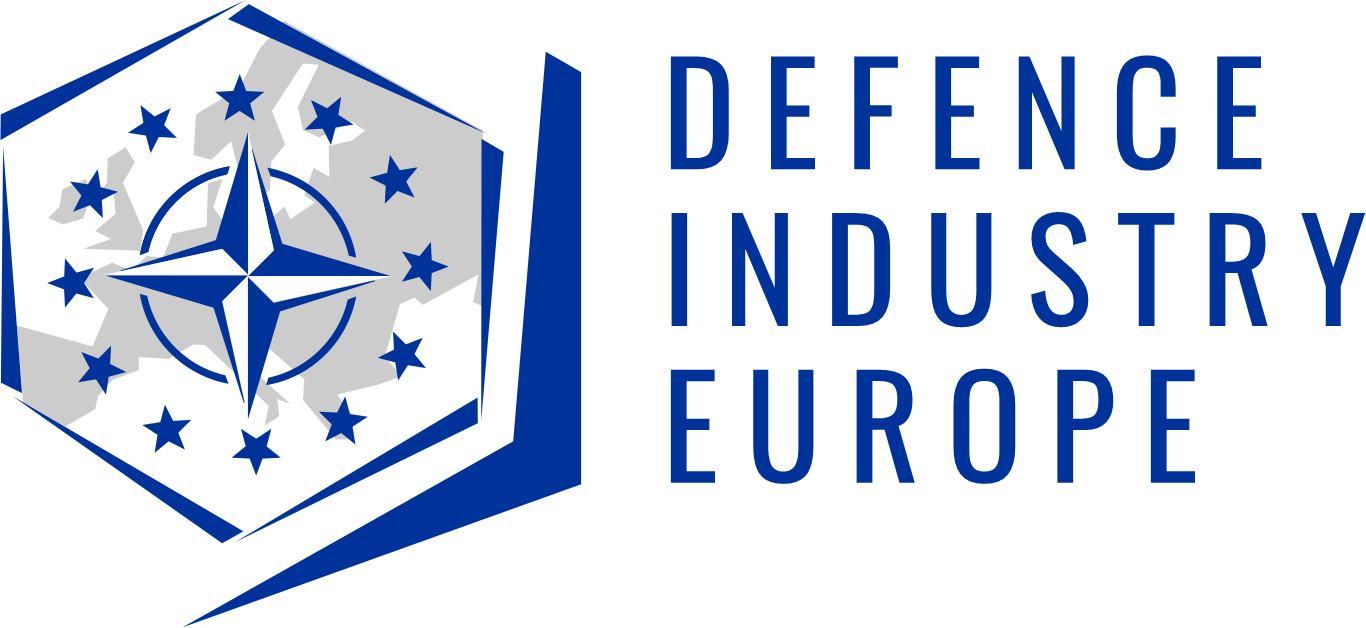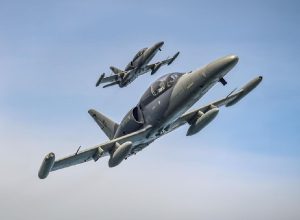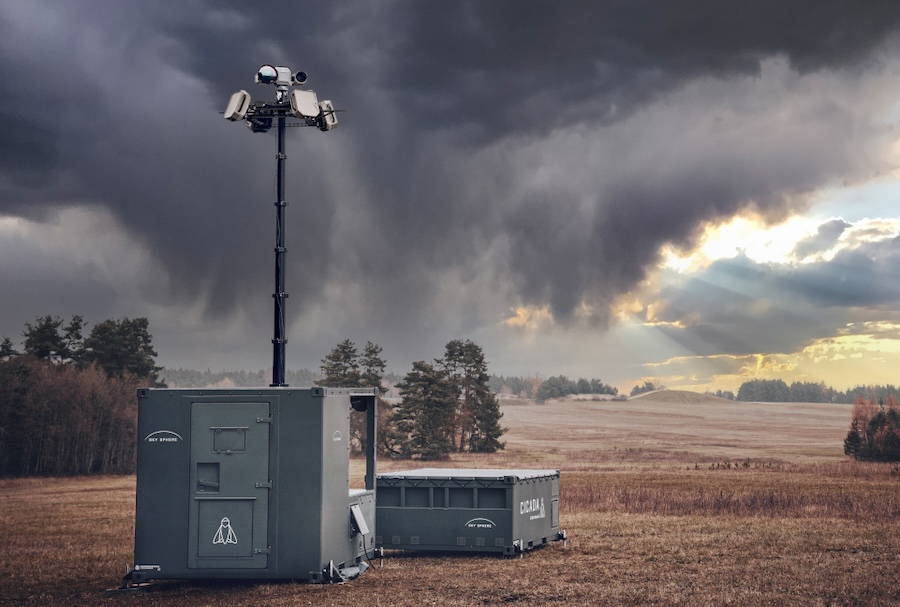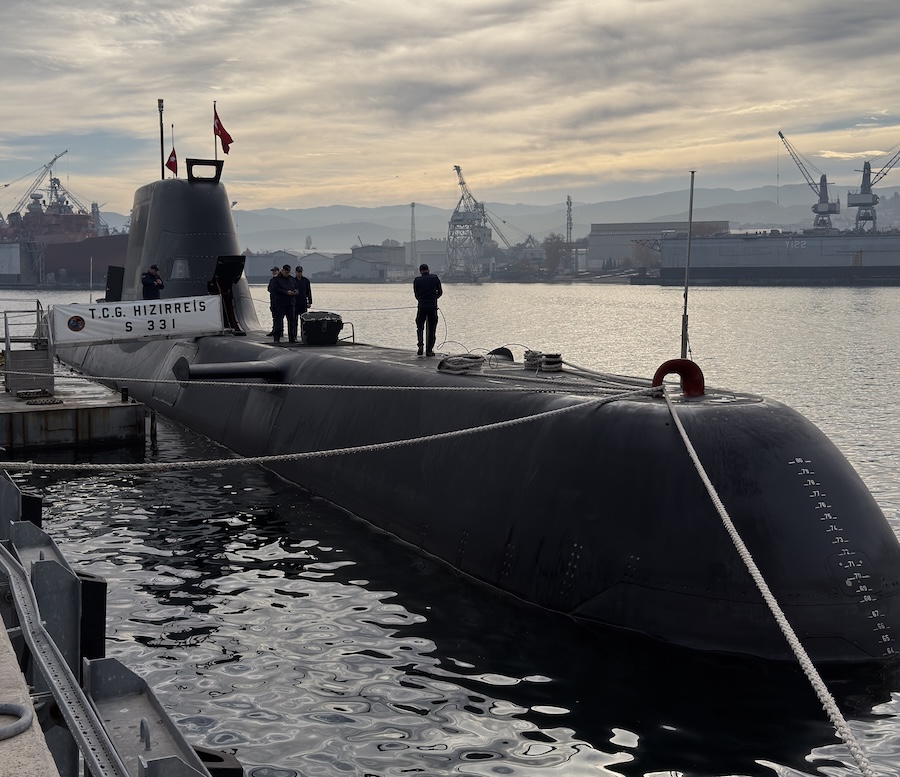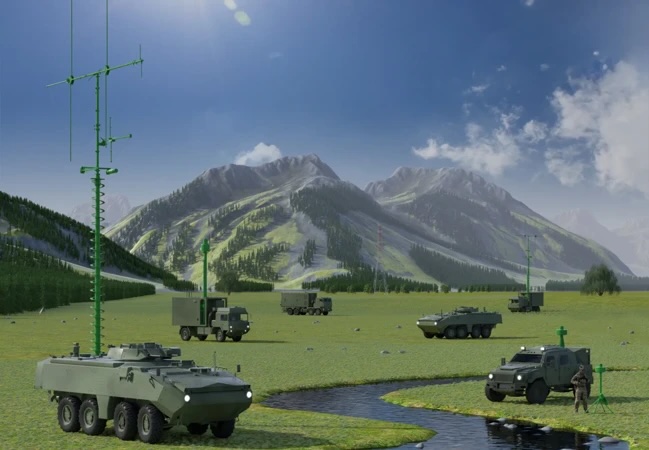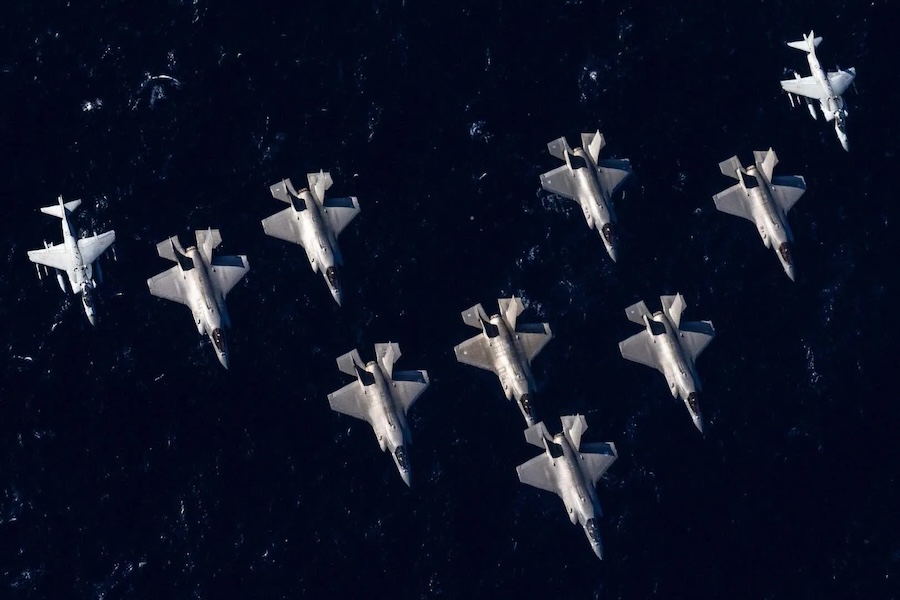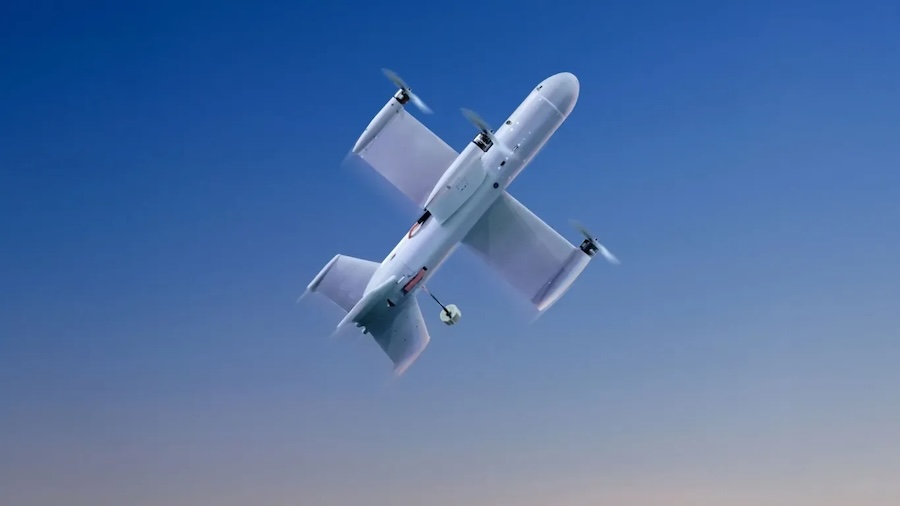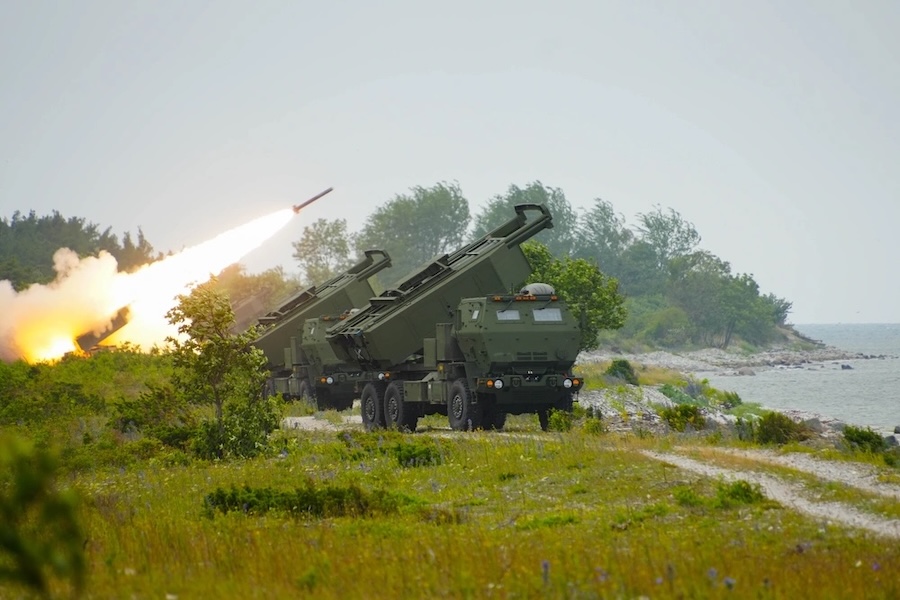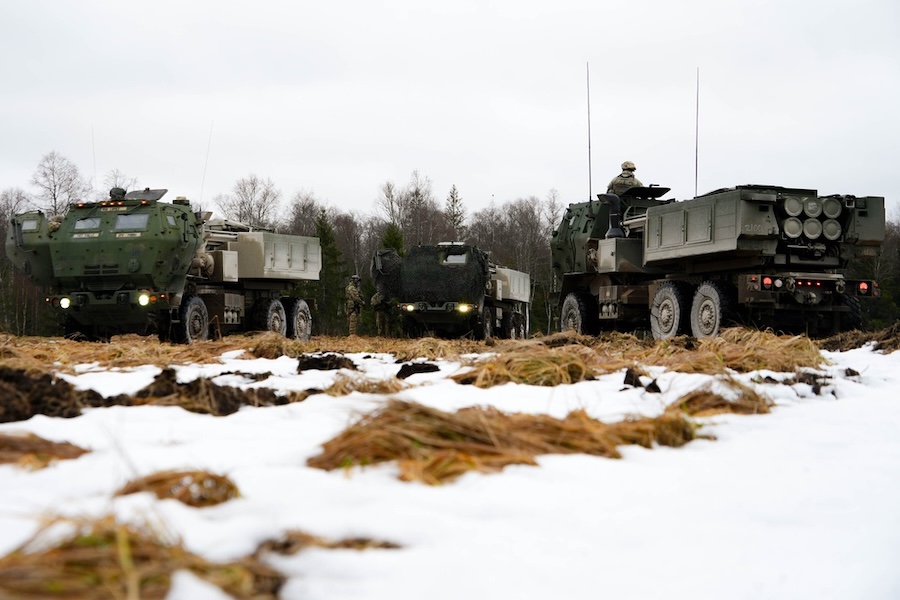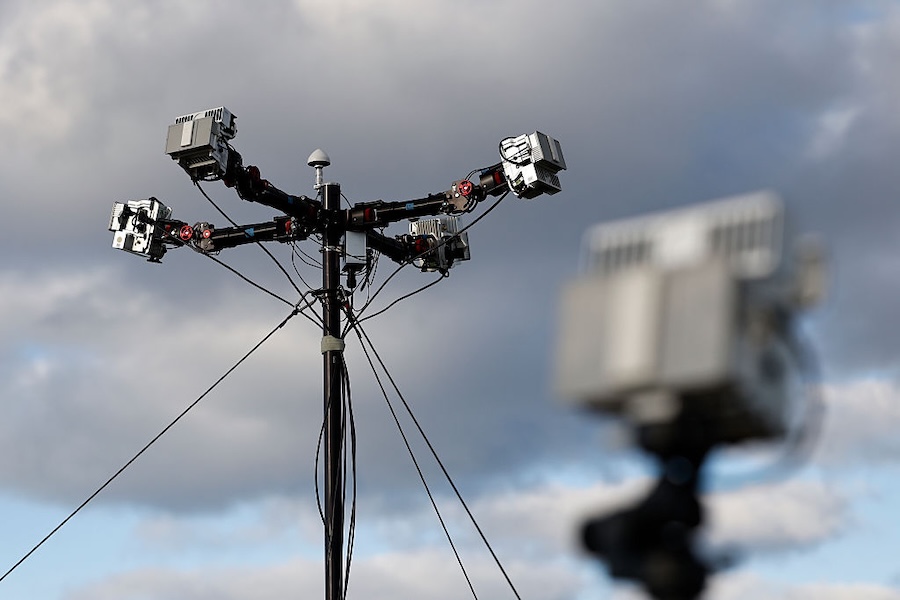Raashi Quattlebaum, Vice President of F-35 Training and Logistics at Lockheed Martin, highlighted the importance of the development: “With distributed mission training, we’re not just connecting simulators – we’re connecting pilots and strengthening operations for 21st-century security.” She added that virtual training helps F-35 pilots build skills and confidence needed to excel in aerial missions.
The two sites, located over 2,800 kilometres apart, were successfully linked to enable distributed mission training. This capability allows F-35 pilots to engage in large-force training scenarios, simulating complex real-world operations and fostering global collaboration among allied forces.
Rob Weitzman, Lockheed Martin Program Director for F-35 Australia, praised the achievement: “Establishing a distributed mission training network between RAAF bases Williamtown and Tindal provides Australia with an advanced training capability that will enhance the readiness of its pilots while reducing the sustainment costs of its 72 F-35As.” He noted that this fleet represents the largest collection of Joint Strike Fighters outside the United States.
The F-35 full mission simulator, a key component of the DMT system, offers pilots immersive and realistic training exercises. The secure network ensures that pilots can practice new tactics and complete more repetitions within a single session, reducing operational costs and increasing training efficiency.
Lockheed Martin serves as the sustainment lead for the RAAF’s F-35 fleet, partnering with local suppliers like Milskil to deliver training solutions at the connected bases. To date, over 75 Australian companies have been involved in the F-35 program, contributing more than AUD 5 billion through manufacturing, supply chain support, and sustainment services.
Since the program’s inception, Lockheed Martin has trained more than 2,915 F-35 pilots and 18,105 maintainers at 30 bases worldwide. The F-35 full mission simulator, replicating the aircraft’s hardware and software, provides pilots with a seamless transition from virtual exercises to real-world combat scenarios.



